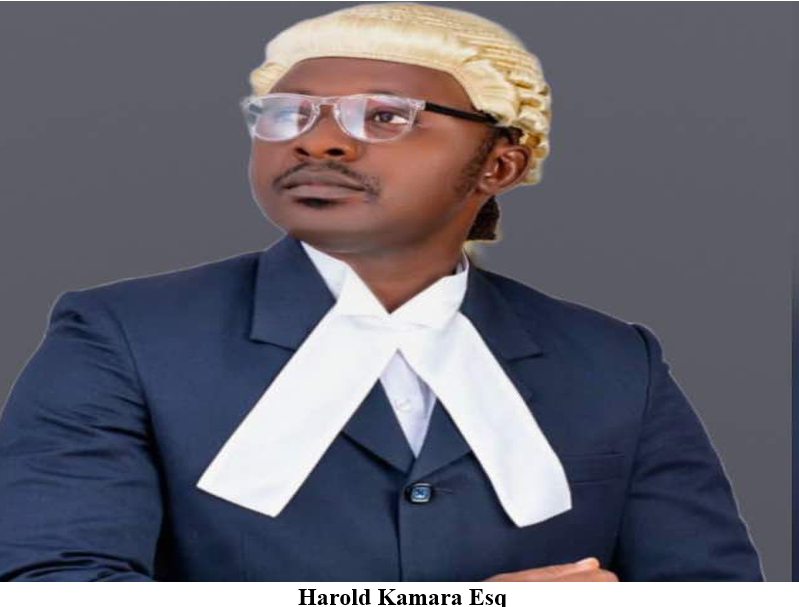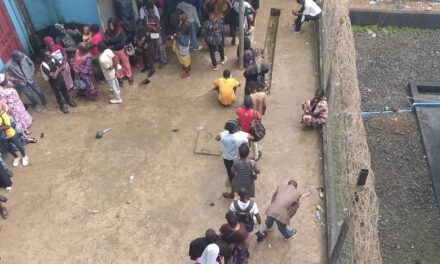By: Tamba Steven Komba
The Mile 91 Magistrate Court on Monday, September 15, 2025, dismissed an assault case against two accused persons after ruling that the prosecution failed to establish a prima facie case.
Magistrate Harold Kamara Esq., in delivering his ruling, held that the evidence presented was “insufficient in law to sustain the charge of assault occasioning actual bodily harm.” He emphasized that the prosecution had the duty to prove its case beyond reasonable doubt, a burden that had not been discharged.
The accused persons were charged under Section 47 of the Offences Against the Persons Act 1861, following allegations of assault made by the complainant, Namadu Romah. The prosecution, led by Sub-Inspector I.T. Bongura Esq. and assisted by Mr. Kone Esq., relied solely on the testimony of the complainant, who alleged that he was assaulted and sustained bodily harm.
Magistrate Kamara noted that “while corroboration is not always required in offences such as assault occasioning actual bodily harm, the prosecution must prove not only that there was an assault, but also that it occasioned ‘actual bodily harm,’ usually by credible, cogent and sufficient evidence.”
He further pointed out that the absence of a medical report or corroborative testimony left the court with “only the bare assertion of PW1.” According to the magistrate, “To call upon the accused persons to enter their defense in such circumstances would be to shift the burden of proof from the prosecution to the defense, which the law does not permit.”
Defense counsel, Mr. Francis Esq., had earlier filed a no-case submission, arguing that the evidence before the court was weak and unreliable. The magistrate upheld the submission, declaring: “The no case to answer succeeds.”
The ruling brings an end to the matter, which had suffered multiple adjournments as the prosecution repeatedly failed to produce additional witnesses. Court observers described the judgment as a strong reminder of the principle that allegations must be backed by credible evidence.









